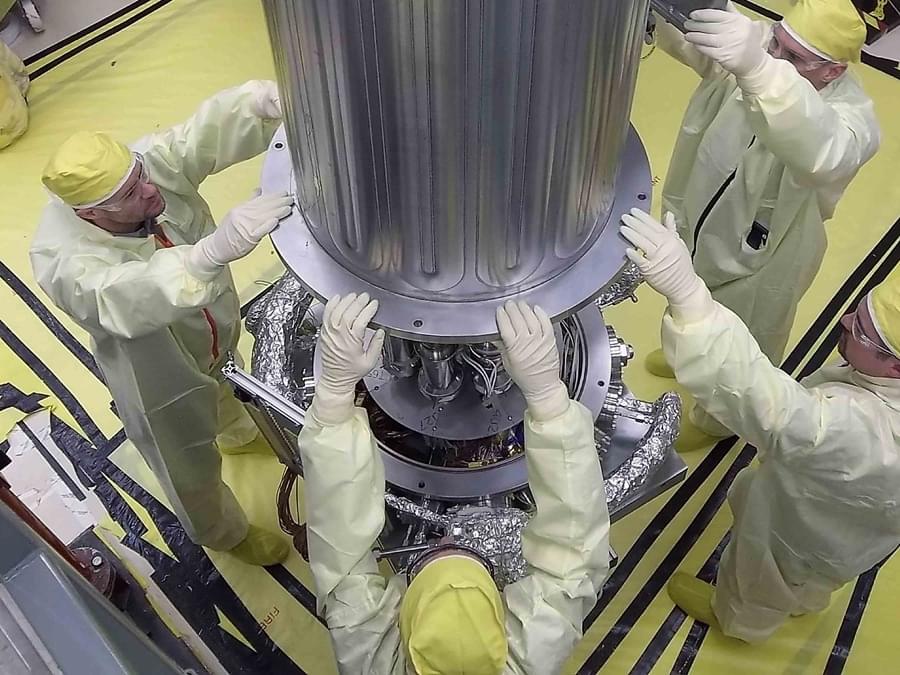
Get the latest international news and world events from around the world.






New Academy to Boost the Image of Life Extension
A collection of sixteen senior scientists have created an academy in Boston in order to showcase the important work currently being conducted on human aging and how researchers are developing ways to slow or even reverse it.
The Academy for Health and Lifespan Research is a nonprofit organization that will be organizing a series of forums at which researchers will share knowledge and research data, helping to improve the flow of information in this field.
The Academy will also be actively lobbying governments around the world to improve funding for aging research and to help improve regulatory pathways in ways that make it easier to develop therapies that target the aging processes in order to prevent age-related diseases.

We are happy to announce Dr. Dongsheng Cai, Professor at Albert Einstein College of Medicine, as a speaker for the 2019 Undoing Aging Conference
“Dongsheng’s fabulous work on the involvement of the hypothalamus in aging first came to my attention six years ago, as a result of a groundbreaking paper on the role of GnRH, and he spoke at the last Cambridge conference in 2013. His group’s research has since continued to make immense progress, including very recent advances, and I’m delighted that he has agreed to update us in Berlin”, says Aubrey de Grey.
https://www.undoing-aging.org/news/dr-dongsheng-cai-to-speak…aging-2019

Nerves that control heart rate may contribute to autism
Having a muted RSA and an elevated resting heart rate reflects a heightened state of arousal, which is an appropriate response to danger, says Amy Vaughan Van Hecke, associate professor of psychology at Marquette University in Milwaukee, Wisconsin, who was not involved in the study.
The part of the nervous system that regulates heart rate and breathing is involved in autism, a new study suggests.
Specifically, the changes in heart rate that ordinarily accompany breathing are slow to develop in autistic children.
Heart rate usually speeds up slightly as a person inhales and slows as she exhales. These fluctuations, known as respiratory sinus arrhythmia (RSA), serve as a proxy for the activity of the autonomic nervous system, which regulates heart rate and breathing, among other functions. The fluctuations are also important for regulating emotions and attending to social cues.
Violent video game engagement is not associated with adolescents’ aggressive behaviour: evidence from a
A study of 1000 teens in the UK by researchers at the University of Oxford and Cardiff University shows, once again, that video games do not make teens more aggressive. How many of these studies do we need before we accept the conclusions?

Mining Thousands of Tons of Space Ice with Queen Bee
Five-thousand tons of water-ice delivered to cislunar space per two-year mission! In a recent announcement, TransAstra Corporation proposed a spacecraft able to achieve this. They call it the Queen Bee, a new part of the Asteroid Provided In-Situ Supplies (APIS; Apis) architecture. Queen Bee is a large scale version of their asteroid mining spacecraft design.
TransAstra is a Los Angeles, California based aerospace company founded in 2015 by Joel Sercel. Their goal is to help make industrial processes in space possible. A key process they study is extracting volatiles, including water, from small Near Earth Asteroids (NEA). Their past work has focused on Optical Mining, asteroid encapsulation, and solar thermal thrusters for the mining and utilization of carbonaceous Near Earth Asteroid (NEA) volatiles.